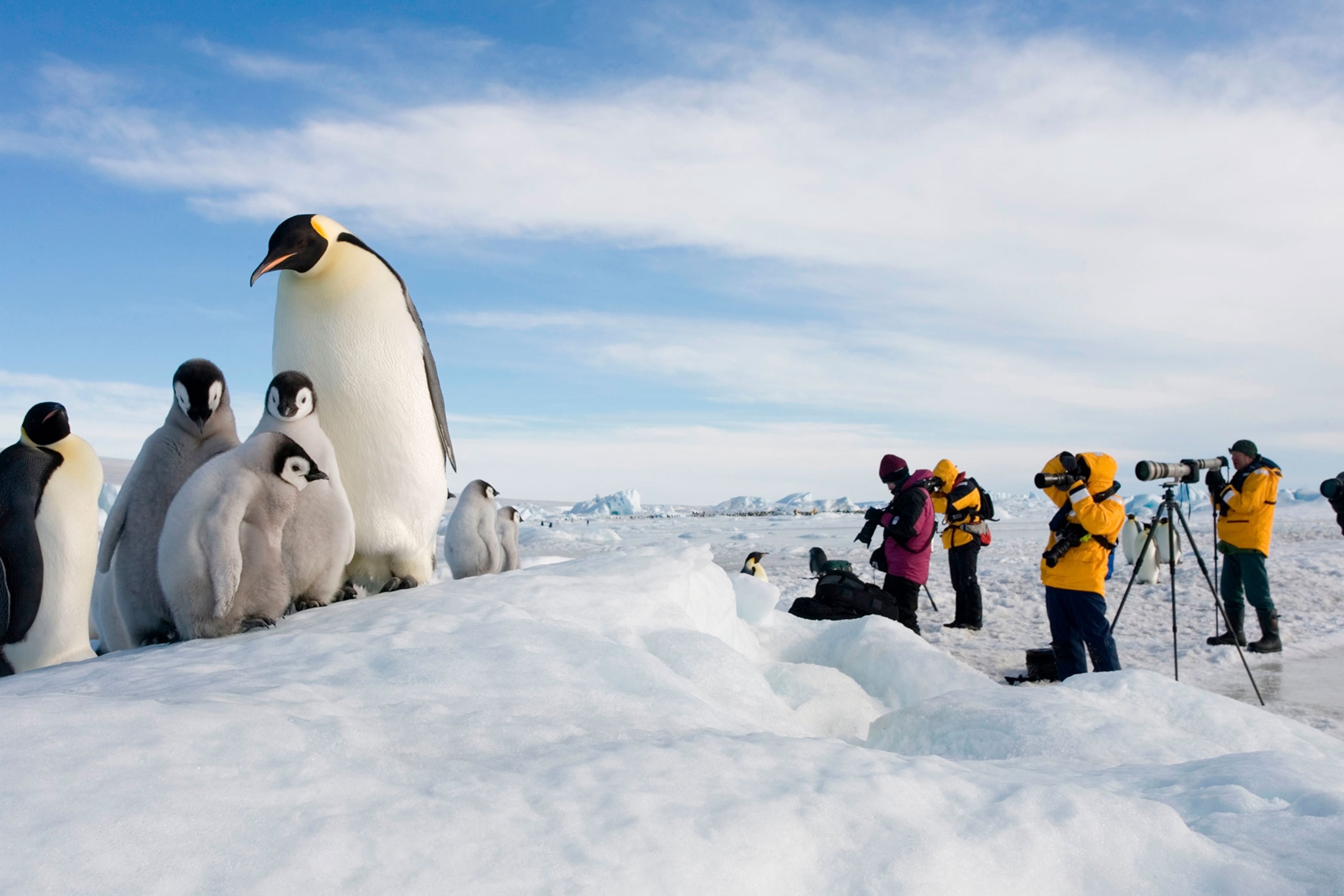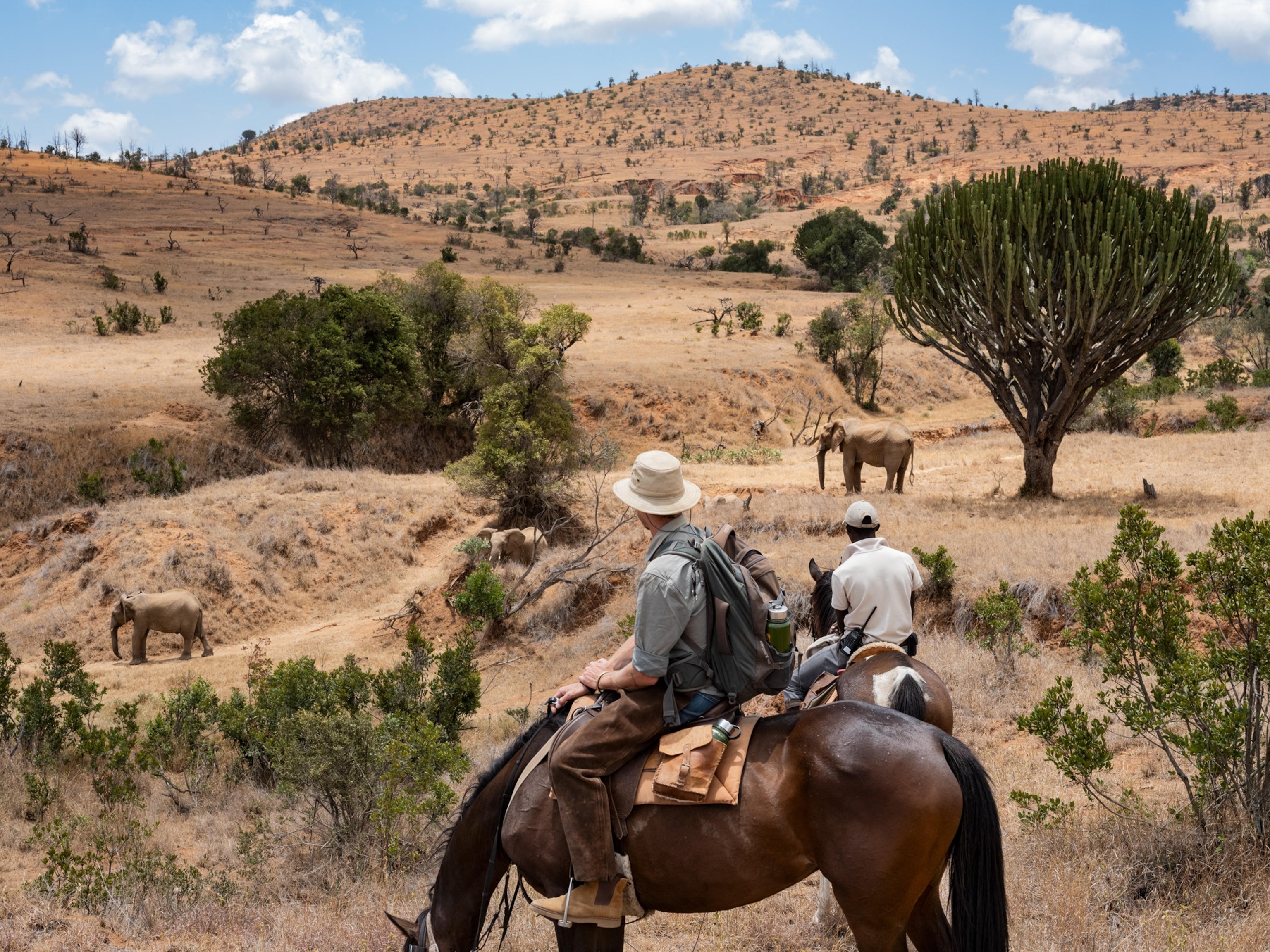6 Tips for Better Wildlife Encounters
Experiences with animals can be exhilarating, uplifting, and educational, but they can also be dangerous—for you and the wildlife. Here's how to make the activities sustainable and safe.
Have you ever thought about going diving with sharks? Or booking an expedition to see polar bears? Maybe experiencing an elephant trek through the jungle? You’re probably considering these activities for two reasons: You’re looking for excitement, and you love animals.
But these trips aren’t all created equal. Your itinerary has the potential to support conservation and promote good wildlife management, but it could also encourage hidden animal abuse and wildlife snatching. To help tell the difference, we talked to experts and compiled some guidelines to keep in mind when choosing an activity.
Before you embark on an animal-focused adventure, consider these six important tips.

If you can, visit animals in the wild.
Safaris, whale watching, and snorkeling are among the best ways to see animals. “If you’re looking at it from the animal’s perspective, it’s better to see them in the wild to see them expressing and behaving naturally,” says Born Free’s Daniel Turner, who helped develop animal welfare guidelines for the Association of British Travel Agents.
And what about swimming with sharks? It’s controversial, especially when it comes to baiting the sharks, but WWF and the Manta Trust have a guide on responsible shark and ray tourism that can help you find the best operators. Marine ecologist Rick MacPherson, who studies and evaluates the shark diving industry for Sustainable Shark Diving, recommends looking for tour operators who emphasize education, follow clear safety protocols, and never handle the sharks.
If you plan on visiting a sanctuary or zoo as a more affordable option, make sure it’s professionally managed and accredited. (Learn more: What Makes a Good Zoo?)
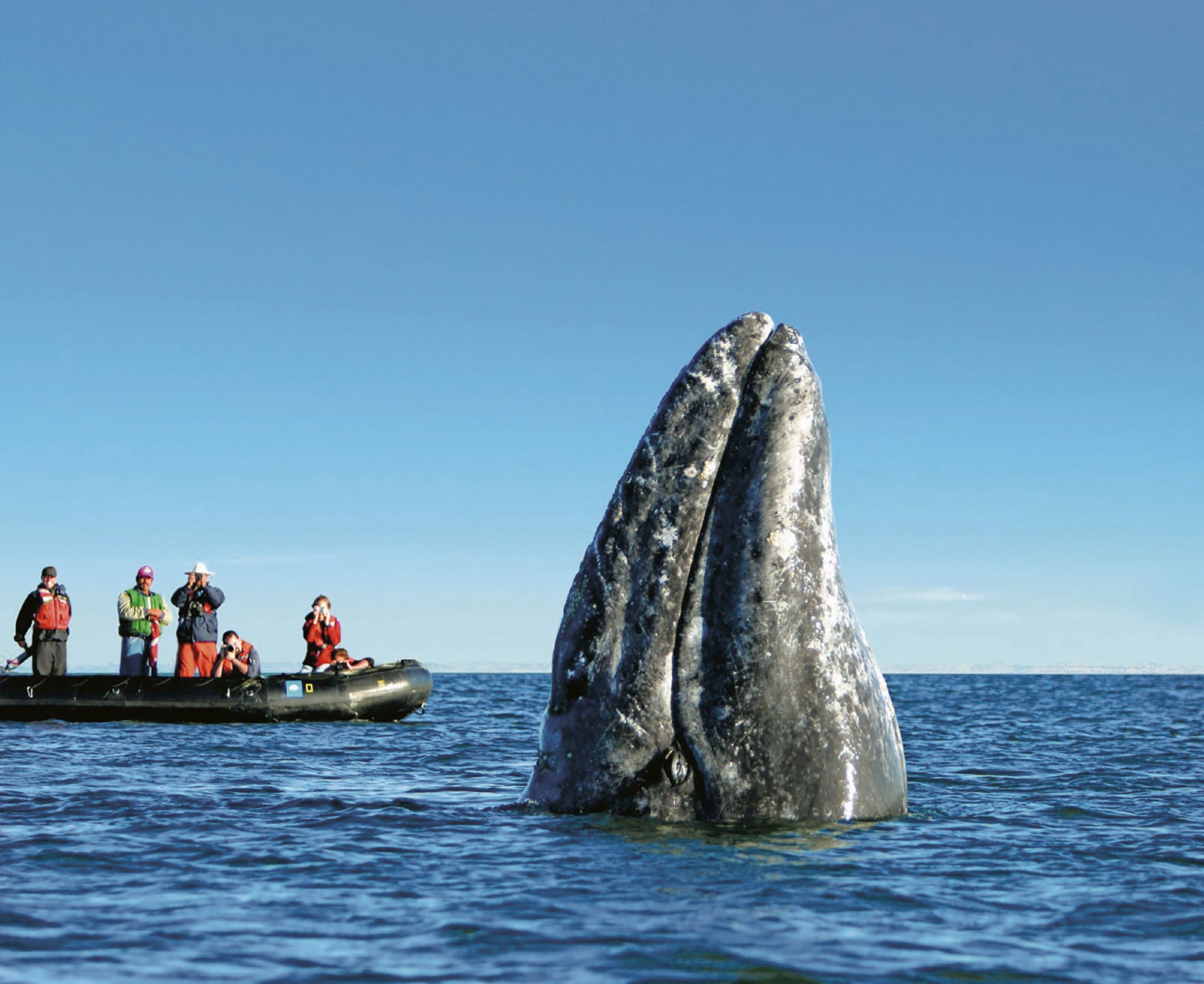
See animals being animals.
Snake charmers and monkey circuses may seem enticing, but what often happens behind the scenes may horrify you. In some cases, performing animals may be housed in small, barren cages, trained using painful punishments, and kept in high-stress situations, which compromise their immune systems and psychological well-being.
Elephants giving rides to tourists through the jungle also often face cruelty. In Thailand, for example, young elephants face the “crush,” a tortuous custom during which they’re beaten into submission, and there’s a history of elephants getting sick or dying in Southeast Asia after being overworked in extreme temperatures. To avoid supporting these practices, seek out a respected elephant sanctuary or take a jeep tour that will allow you to see elephants in the wild.
Sorry, no cuddling.
This may feel like a major disappointment, but it’s important to understand the issues surrounding facilities that offer hands-on experiences or close contact with animals, like selfies with tigers, cuddles with lion cubs, or walks with cheetahs. “At worst, these animals have endured a lifetime of suffering,” including early separation from their mothers to encourage speed breeding and harsh training, says Neil D’Cruze, a researcher at World Animal Protection. “Even at reputable venues that do take good and responsible care of their animals, there is still a real risk that these types of activities are sending out a very harmful and misguided message to the public—that these wild big cats make great exotic pets.”
World Animal Protection and Oxford University have identified 10 of the cruelest wildlife attractions based on scientific animal welfare ratings. See their full list to learn more.
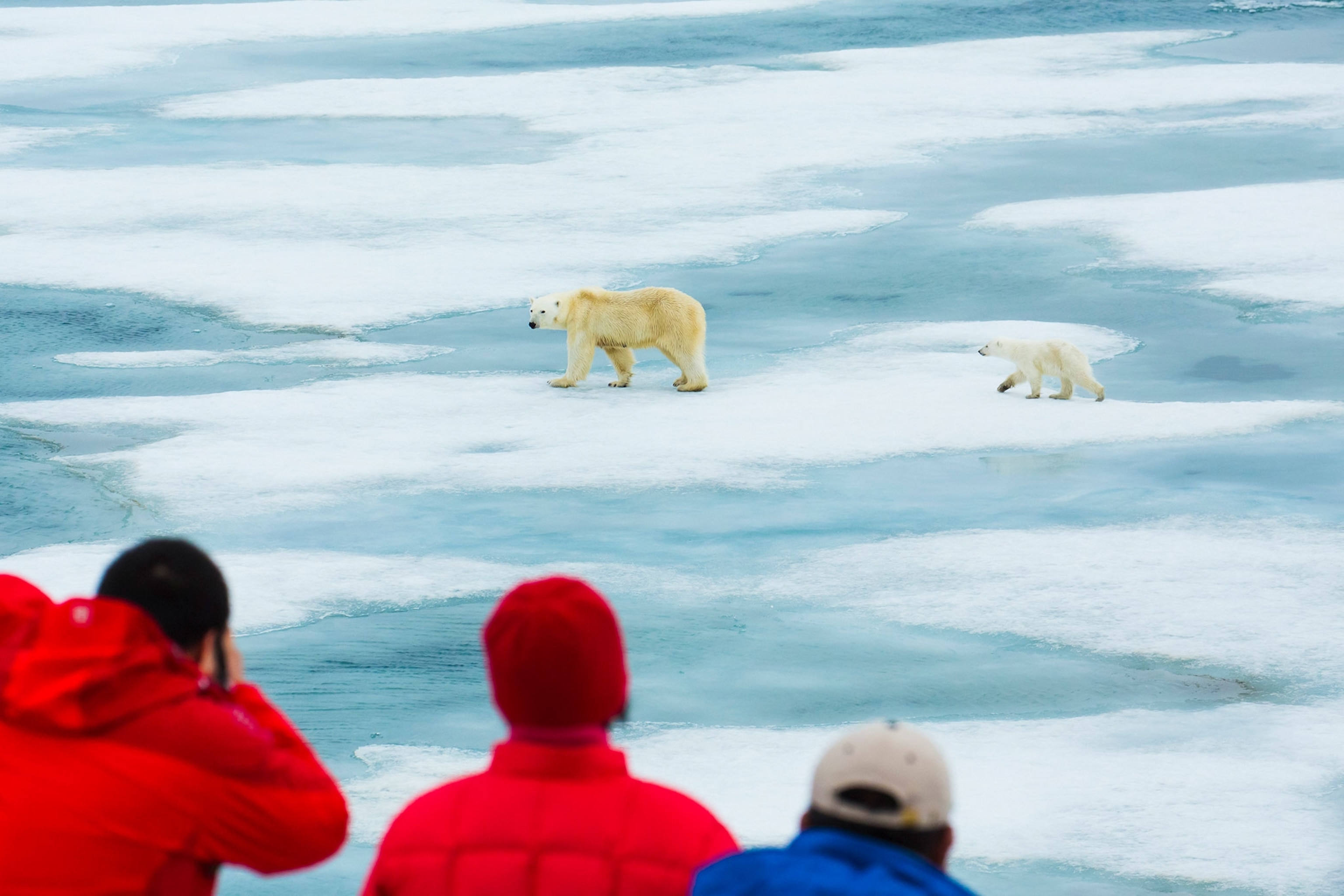
Money talks, so spend sustainably.
WWF’s Vice President for Travel, Tourism, and Conservation James Sano recommends choosing treks and tours that employ local people. Every local employed in tourism is one fewer person who might be forced to turn to poaching to feed a family. Plus, community-based wildlife tourism provides an incentive to protect its animals for future visitors. For example, ecotours to the Arctic to see polar bears “help local communities earn vital income and encourage residents and visitors alike to recognize the long-term advantages of conserving polar bears and their habitat,” says the conservation group Polar Bear International.
- National Geographic Expeditions
If you’re really concerned about animal welfare and wildlife sustainability, consider booking with a tour group instead of arranging each activity yourself. He says it can be hard to tell from a website whether the information provided is truthful, but with a reputable tour group, “they’re doing the homework for you.”
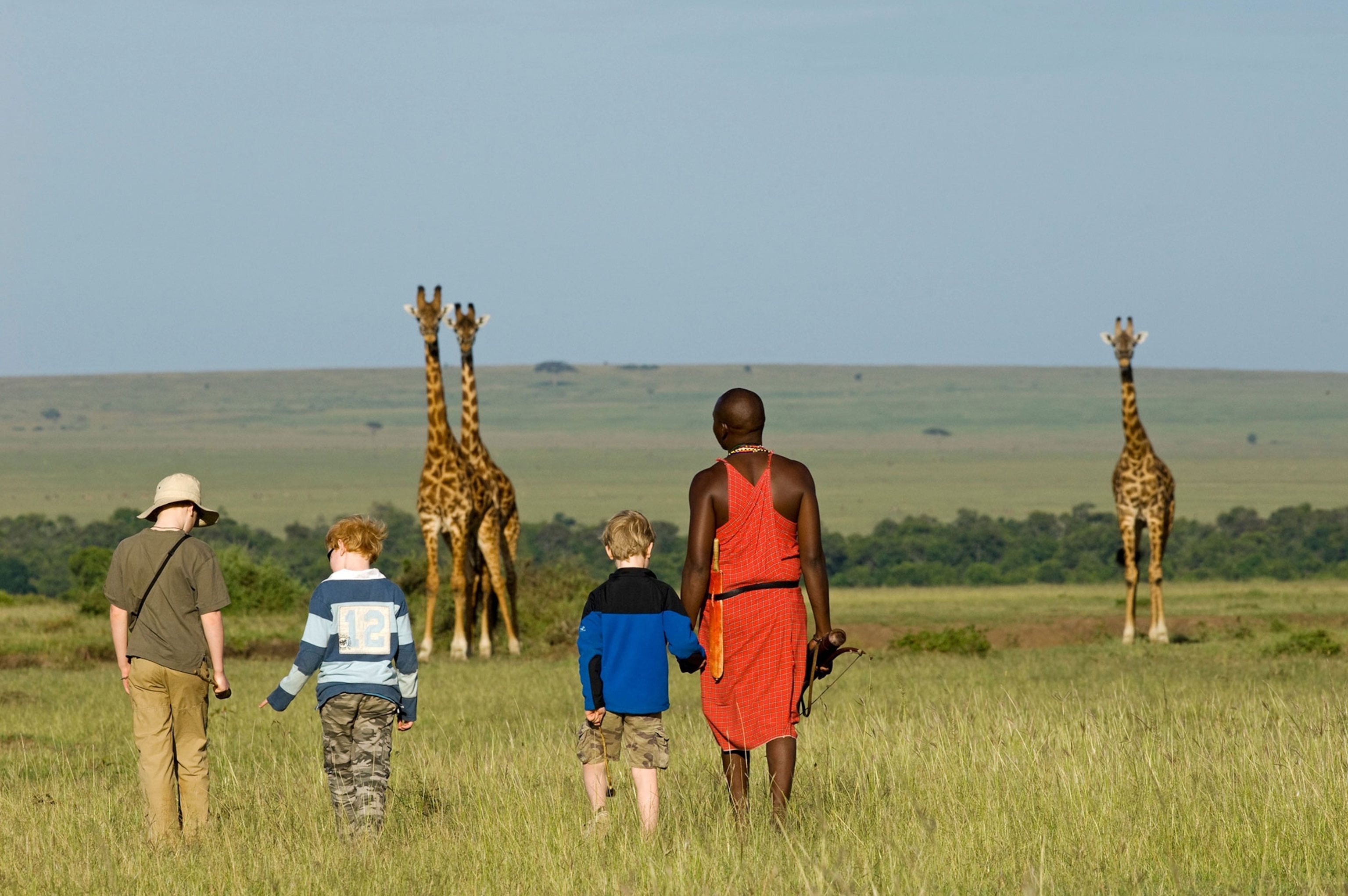
Respect the animals.
You should never get close enough to alter an animal’s behavior, National Geographic recommends. It’s dangerous for you, and it could cause trouble for the animal too. Remember the death of the baby bison tourists thought they were rescuing? If you’re on safari, remember to turn your phone to silent, switch off the sounds on your camera, and keep your voice low—and please, stay in the car. Plus, of course, never feed the animals.
Careful with those souvenirs.
Be sure to thoughtfully consider what you bring home from your wildlife adventure. A bottle of wine from Vietnam with a snake coiled at the bottom looks cool, but there’s a chance that snake was drowned alive. Or that it’s not actually dead. It might even have a parasite that’ll make you sick. It’s better just to avoid it. For a more complete list of souvenirs to skip, check out this list.
